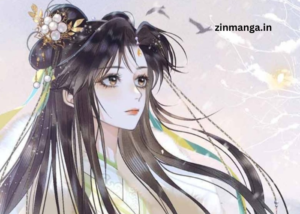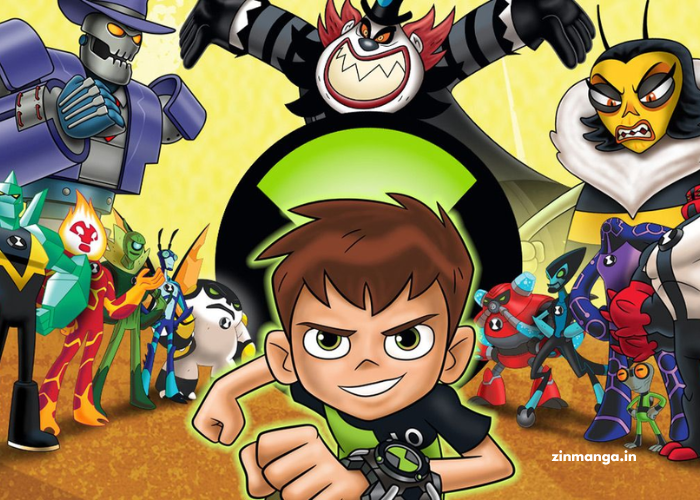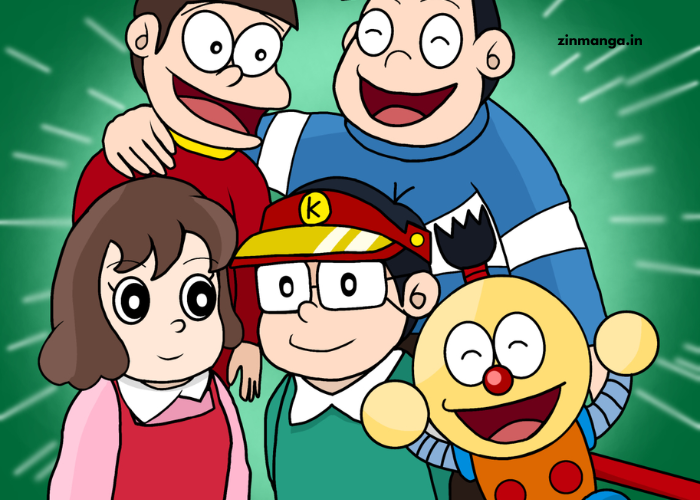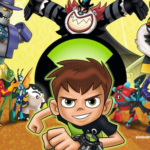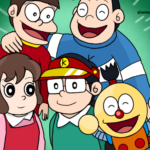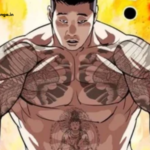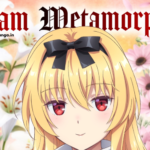Manga and manhwa have gained immense popularity worldwide, captivating readers with their intricate art and compelling storytelling. Whether you’re a longtime fan or a newcomer to the world of comics, discovering fresh and exciting manga and manhwa can be an incredible journey.
The diversity within these genres creates a world of limitless possibilities, offering something for every reader, from high-stakes action to heartwarming romance. Let’s delve into how these dynamic art forms have become global phenomena and what makes them stand out in the world of graphic literature.
Manga and manhwa are two forms of comics originating from Japan and Korea, respectively. While both share some similarities, such as a strong emphasis on character development and rich, expressive artwork, they differ in their styles, themes, and reading formats. Manga, typically read from right to left, is recognized for its detailed and highly stylized illustrations. On the other hand, manhwa tends to have a more contemporary and sleek art style, often read from left to right like Western comics.
These graphic novels have become a global cultural phenomenon, attracting millions of readers who appreciate their diverse genres, including action, adventure, fantasy, romance, and more. Both manga and manhwa are not limited to just print; they are widely available online, creating an ever-growing library of content accessible to readers worldwide.
Key Points:
- Manga and manhwa offer a wide range of genres, ensuring there’s something for everyone.
- The art style of manga is intricate, while manhwa tends to feature cleaner, more modern visuals.
- Both forms of storytelling are accessible digitally, allowing readers to explore countless series.
Why Are Manga and Manhwa So Popular?
Manga and manhwa have captivated audiences around the world for several reasons. First, the stories they tell are often deeply immersive, with strong character arcs, emotional moments, and rich plots. Manga and manhwa have the ability to make readers feel connected to the characters, creating a sense of belonging within the fictional worlds they explore. Many fans find these stories relatable and emotionally resonant, which fosters long-term loyalty to the medium.
Another reason for their popularity is their accessibility. With the advent of digital platforms, fans of both manga and manhwa can easily access and read their favorite series online. Webtoon platforms, for example, have made it incredibly convenient for readers to stay up-to-date with ongoing series, while the availability of older manga and manhwa series in digital archives ensures that no story is ever lost.
Moreover, the range of genres available means that everyone can find a series they enjoy. From fantasy worlds filled with magic and mythical creatures to slice-of-life stories that focus on real-world issues, manga and manhwa have something to offer for every taste.
Note: Manga and manhwa are more than just entertainment; they are a gateway to understanding different cultures and storytelling traditions.
How Do Manga and Manhwa Differ in Terms of Art Style?
The art style in manga and manhwa is one of the most notable differences between the two. Manga tends to be more detailed, with characters often depicted with exaggerated facial expressions and carefully designed backgrounds. Artists spend significant time ensuring that every detail, from the smallest action to the largest scene, is carefully drawn and well-defined. The black-and-white art style in manga also allows for more focus on shading and contrast, enhancing the intensity of scenes.
In contrast, manhwa art often features cleaner lines and brighter visuals. The characters are sometimes drawn with softer features, and there is less emphasis on intricate background designs. One major difference is the use of color in some manhwa, where color pages or full-color chapters can be found, giving them a more dynamic and modern feel. Manhwa tends to adopt a style that aligns more closely with Western comics, making it more familiar to readers who are accustomed to the format.
| Manga | Manhwa |
| Read right to left | Read left to right |
| Intricate and detailed art | Cleaner lines with modern visuals |
| Black-and-white artwork | Color pages and some full-color chapters |
| Emphasis on emotion through exaggerated expressions | More focus on sleek and minimalist art |
Reminder: Manga’s detailed art style and black-and-white format create an immersive reading experience, while manhwa’s sleek design appeals to modern comic fans.
What Are the Major Genres in Manga and Manhwa?
Both manga and manhwa cover a wide array of genres, appealing to diverse tastes. Some of the most popular genres include:
- Action/Adventure: Often featuring larger-than-life battles, daring heroes, and epic quests. Popular examples include Naruto (manga) and Tower of God (manhwa).
- Romance: Love stories that explore relationships, emotions, and personal growth. Your Name (manga) and Lore Olympus (manhwa) are notable examples.
- Fantasy: Imaginative worlds filled with magic, mythical creatures, and adventures beyond the ordinary. One Piece (manga) and The God of High School (manhwa) fall into this genre.
- Slice of Life: These stories delve into the daily lives of ordinary people, capturing their emotions, struggles, and joys. My Youth Romantic Comedy Is Wrong, As I Expected (manga) and Let’s Play (manhwa) are perfect representations.
| Genre | Manga Example | Manhwa Example |
| Action/Adventure | Naruto | Tower of God |
| Romance | Your Name | Lore Olympus |
| Fantasy | One Piece | The God of High School |
| Slice of Life | My Youth Romantic Comedy | Let’s Play |
This broad range of genres ensures that manga and manhwa are more than just comics; they are powerful storytelling mediums that offer something for every reader.
How Can You Get Started with Manga and Manhwa?
For beginners, diving into the world of manga and manhwa might seem overwhelming due to the vast number of series available. The best way to start is by selecting a series that aligns with your personal interests. If you’re unsure where to begin, popular series often come highly recommended by the community and can act as excellent starting points.
Additionally, many online platforms offer free chapters of manga and manhwa, making it easy to sample a variety of stories before committing to a full series. Websites and apps like ComiXology, Crunchyroll, Webtoon, and Tappytoon provide access to both new releases and classic series.
Note: Explore different genres to discover what resonates with you. Manga and manhwa have something for everyone.
Conclusion
Manga and manhwa have evolved into a major cultural force, attracting a diverse global fan base with their compelling narratives, stunning artwork, and wide range of genres. Whether you’re drawn to intricate fantasy worlds, heartwarming romances, or fast-paced action adventures, these mediums offer something for every reader. The art styles, themes, and storytelling techniques may vary between manga and manhwa, but both have the power to transport readers into unique and immersive worlds. So, whether you’re an avid reader or a newcomer, there’s no better time to explore the world of manga and manhwa.
FAQ’s
- What is the difference between manga and manhwa?
Manga is Japanese comics, typically read from right to left, while manhwa refers to Korean comics, often read left to right. Their art styles also differ, with manga being more detailed and manhwa featuring cleaner visuals. - Where can I read manga and manhwa online?
You can read manga and manhwa on platforms like Crunchyroll, Webtoon, ComiXology, and Tappytoon for free or via subscription. - Which manga and manhwa series should I start with?
Popular starting points include Naruto, One Piece, Tower of God, and Lore Olympus for fans of action, adventure, and romance. - Are there any major genre differences between manga and manhwa?
Both manga and manhwa cover similar genres, including action, romance, fantasy, and slice of life, though manhwa may have a slightly modernized visual style. - Why is manga so popular worldwide?
Manga is loved for its compelling characters, intricate art, and emotional depth, appealing to readers of all ages and backgrounds across the globe.
